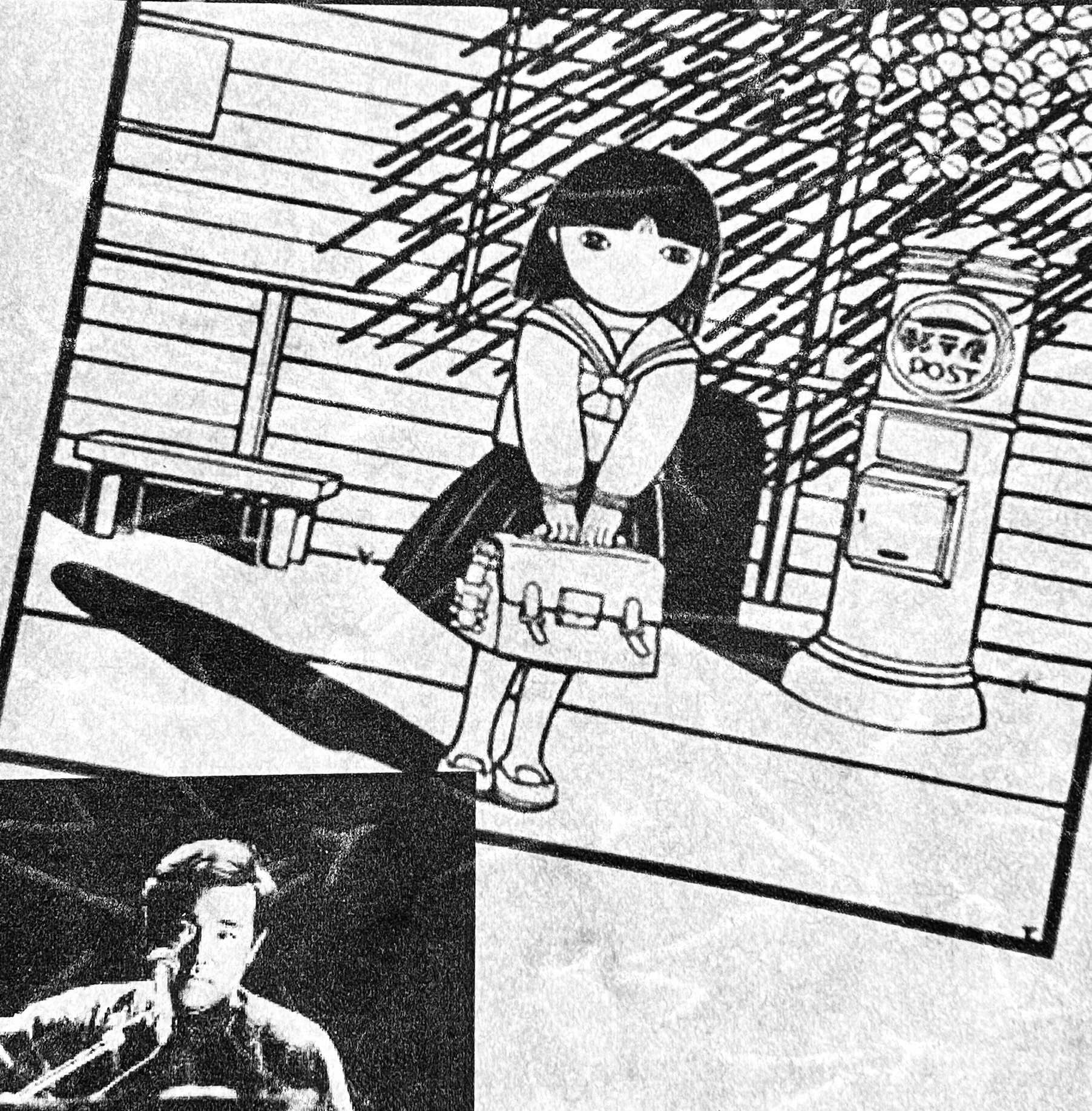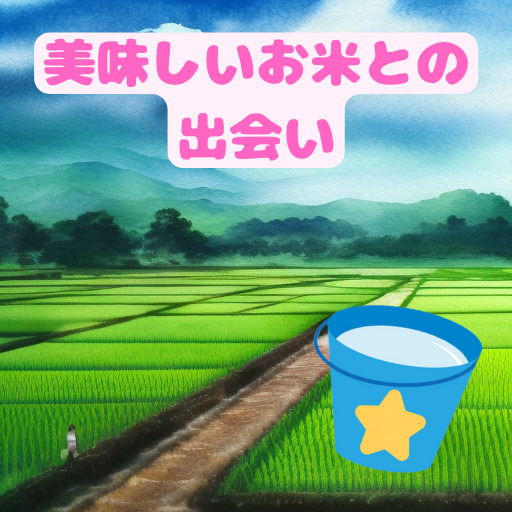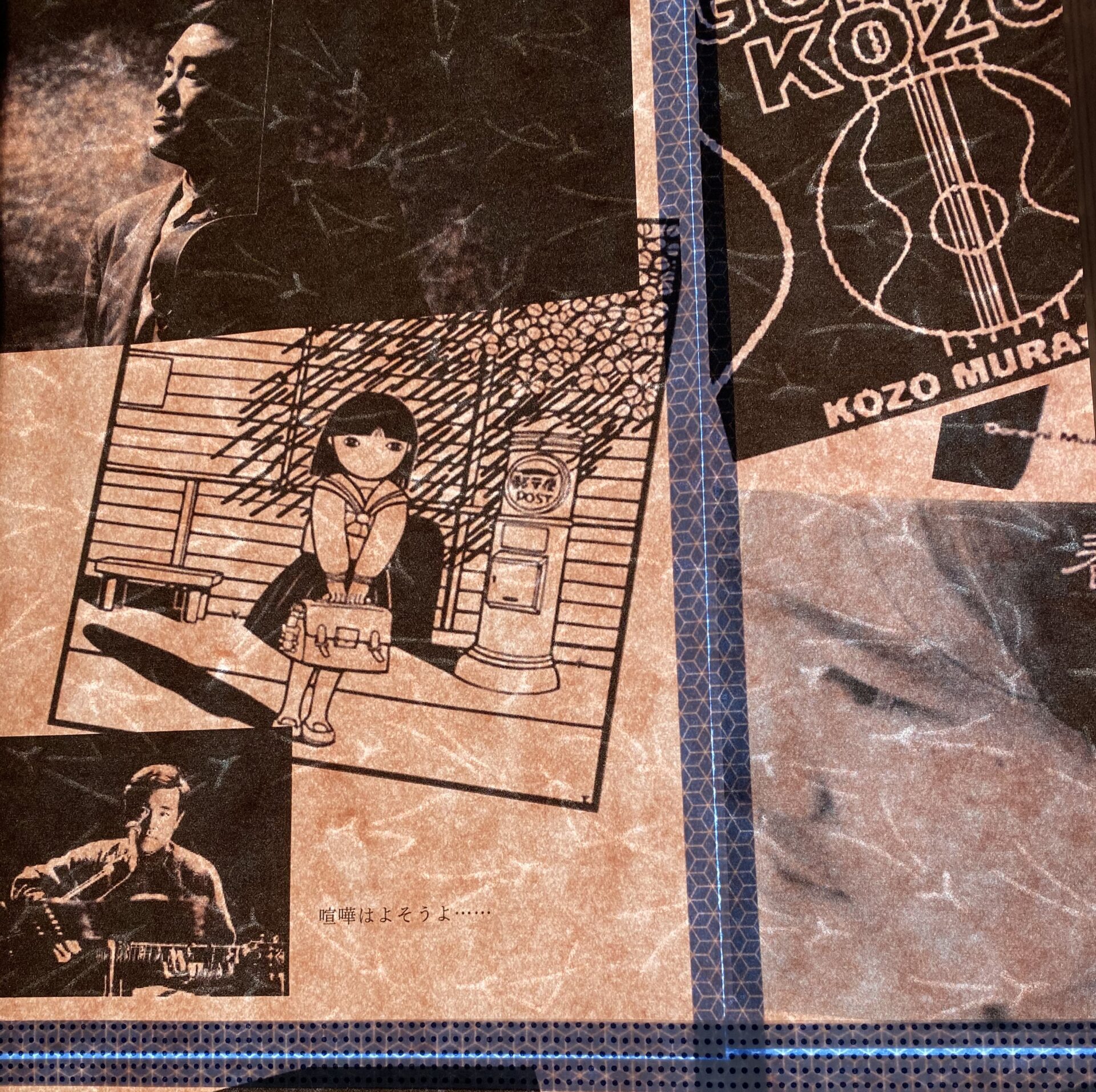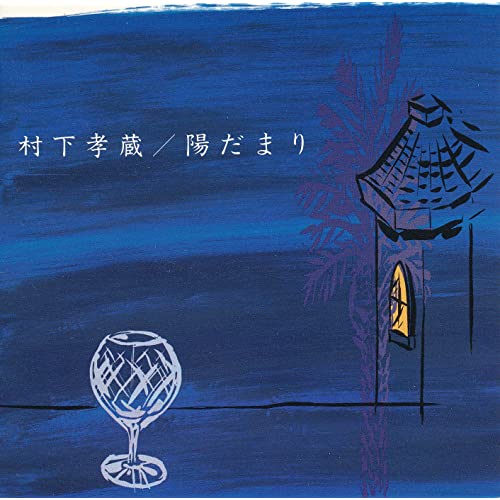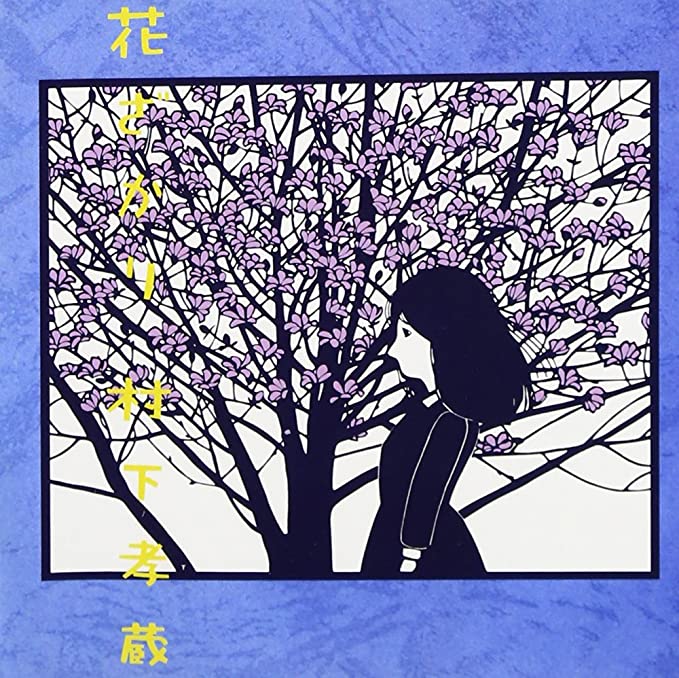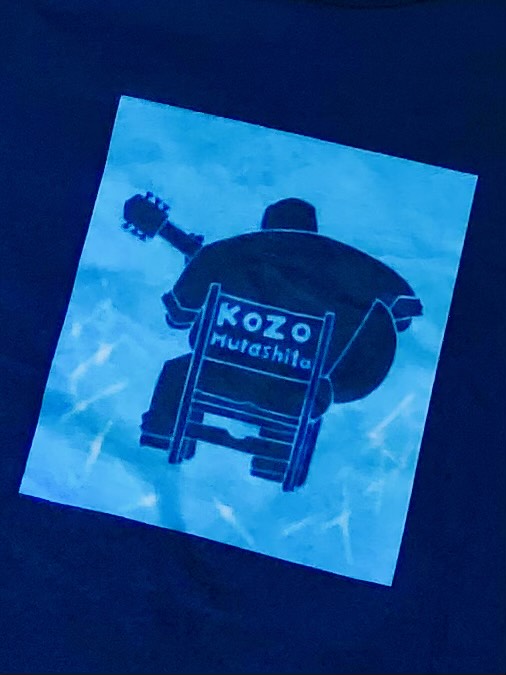Hatsukoi(First Love)by Kozo Murashita-Lyrics interpretation, Song appreciation
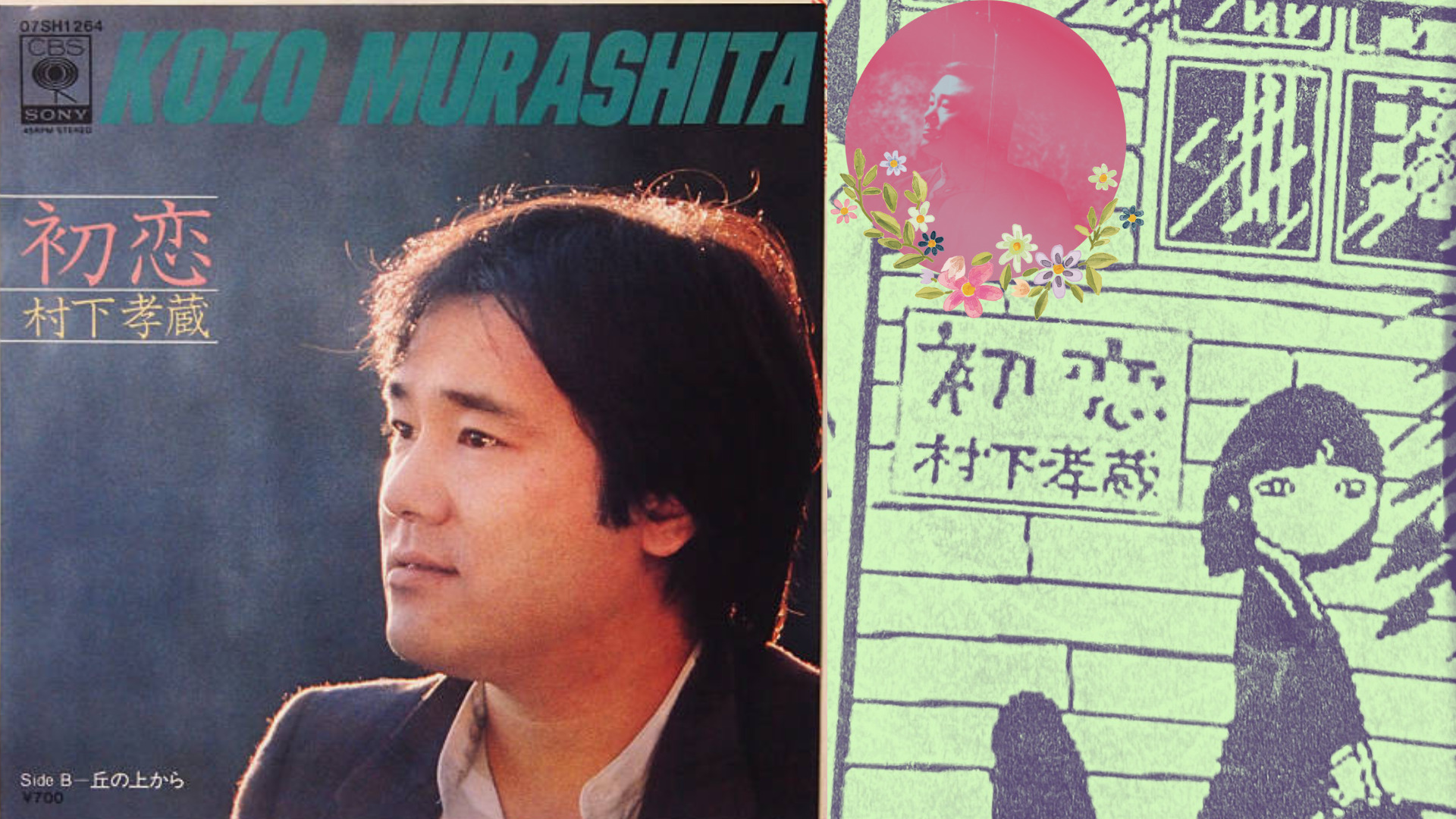
In this article, I will finally explain and appreciate Kozo Murashita’s 5th single “Hatsukoi(First Love)”, which is the essence of Kozo Murashita.
This song, which was released in the fourth year of Mr. Murashita’s debut, became a big hit, recording 3rd place on the Oricon chart for a week.(14th place for the year)
What is the charm of “Hatsukoi”, which has been covered by many artists such as Anzen Chitai’s Koji Tamaki and is widely loved by the general public?
(Reference)
Among the people who are visiting this page now, I think that there are people who hardly know the artist Kozo Murashita.
The goal of this site is to explain all of Kozo Murashita’s songs, especially the meaning of the lyrics and the worldview.
In light of the philosophy of this site, “Everyone can freely express themselves,” we will read and understand the emotions and sensations that can be felt in Mr. Kozo Murashita’s songs, and what we can learn from them.
If you are interested, I am confident that you will enjoy the following articles, so please come visit us when you have time.
↓↓↓
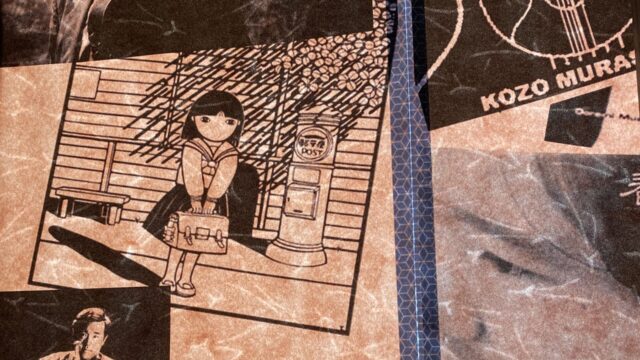
⇒ Total of 13! songsCommentary on hidden masterpieces in ranking format!
Let’s get started!
At the same time, I would like to introduce Mr. Kozo Murashita for those who haven’t touched him yet.(If you want to see the explanation of “Hatsukoi” immediately, please jump from the table of contents.)
The full lyrics (translation) are attached at the bottom, so if you want to refer to the whole song, please use it as appropriate.
Who was Kozo Murashita?
Kozo Murashita is generally recognized as a singer of “Hatuskoi(First Love)”. I first encountered Mr. Murashita in “Hidamari” (see commentary article), but now there are people who meet him head-on, through the creation of a new PV for “Hatsukoi.”
Mr. Murashita’s specific background is as follows (quoted from Kozo Murashita’s website).
Biography of Mr. Kozo Murashita- From Kozo Murashita HP
Born February 28, 1953 in Kumamoto Prefecture
His birthplace ran a movie theater, so he became fascinated by the guitar under the influence of movies.
He left Kyushu to work as a piano tuner in Hiroshima while recording an independent album.
1979 Chosen as the best artist at the CBS Sony Audition
1980 Debuted with “Tsukiakari”
1982 “Yuko” big hit
1983 “Hatsukoi” and “Odoriko” became big hits
Since then, he has continued to tour steadily, starting with Tanabata concerts, releasing albums at a rate of one per year.
1989 “Sonnet”
1991 “Akina” big hit
After becoming a big hit, he also provided music to other artists (such as Nae Yuki) (“Ringo de mo issho ni”), demonstrating his power as a writer and ambitiously creating “Kayokyoku of Heisei”.
On June 20, 1999, he collapsed during the Tanabata concert rehearsal, and died of hypertensive intracerebral hemorrhage at 11:27 am on June 24 (Thursday).
What is attractive
Born in Kumamoto Prefecture, after honing his skills at the Hiroshima Folk Village, he worked as a piano tuner while visiting izakayas(taverns) and giving concerts as an amateur. He loves Yuzo Kayama, and when he was young, he held his homemade electric guitar and enjoyed himself in front of the mirror.
His favorite shochu is Shiranami, and since he became a professional, he has enjoyed beef tongue, harako rice, and Hokkai shabu…
“After all, eating is the most fun.”
-from the talk at the live
Softness of singing
I’m half joking so far, but one of the charms of Mr. Kozo Murashita is the softness of his singing. The key of the song is also sung in a fairly high place, and I feel that it would be quite difficult if it were not for Mr. Murashita to sing this high with a male voice.
One of Kozo Murashita’s characteristics is that it is difficult to categorize his songs into so-called “pops,” “rock,” or “ballads,” but his ability to express any kind of music in a soft and emotional way is wonderful.
Guitar skill
Speaking of Mr. Kozo Murashita, one more thing, the skill of the guitar attracts attention. I would like to invite you to watch the video above. The song “Gozen Reiji(Midnight)” that will be shown here is a legendary performance that is said to have been performed by Mr. Murashita alone. (Or, there is another guitarist named Yasushi Kyoda.)

It’s really not an average performance, so please take a look at it ☆ It is a video of Mr. Murashita’s heyday, when it is said that “the level of singing improves with a guitar“.
Fans often talk about “the left hand that holds down the strings is dancing”. I think that the fact that the guitar playing, singing, and body movements all come together to create an expression shows that Mr. Murashita is a true artist.
Appearance and Talk
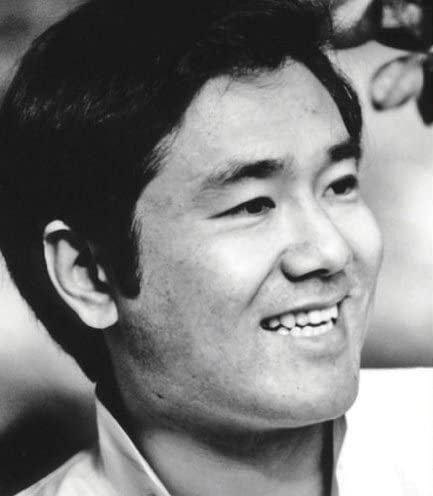
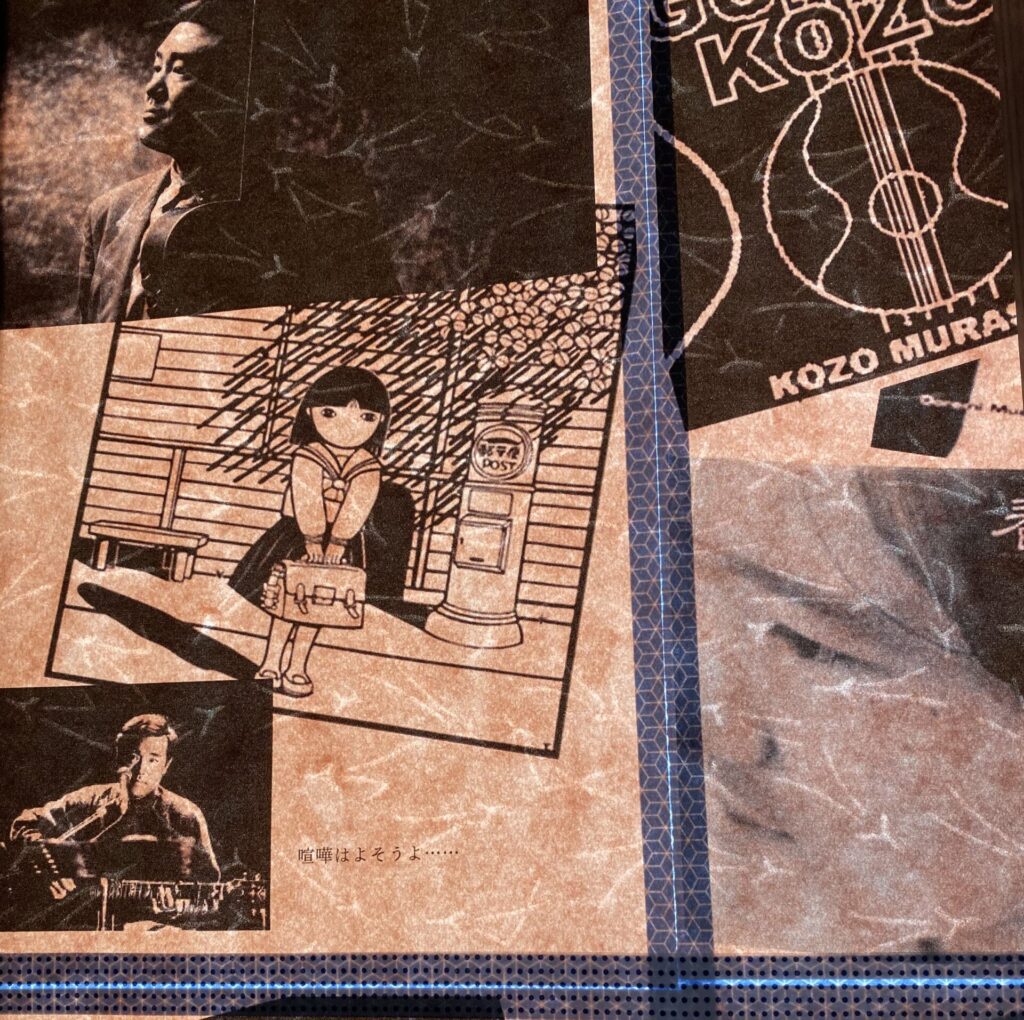
However, in spite of his singing ability and guitar skills, Mr. Murashita looks like an ordinary “bank man”. (It’s completely after work, such as the above “Midnight” video.)
Right after he released his biggest hit song “Hatsukoi(First Love)”, which I will introduce this time, he made a sudden change to become a “department manager” with “Odoriko(Dancer)” (see commentary article). Some of those who knew him at that time felt like he had suddenly changed and left behind.
Furthermore, at the moment he finished playing the song live, he moved to a talk in between, and unlike his singing voice, his talk is very light and pop, so in this gap, “It’s like there’s another MC.” I think that these points are combined to form Mr. Murashita’s charm.
In other words, it is not enough to take out only the singing and guitar skills, and it is only by experiencing Kozo Murashita as a person as a whole that you can feel the true value of his charm. This is true not only for Mr. Murashita, but also for other artists, and I feel that it can also be said for us as we walk our own paths.
⇒ Click here for the official PV (2022) produced with a modern interpretation(album version)
About the song
Let’s actually get into the commentary on “Hatsukoi(First Love)”!
Before that, I will briefly write down information about the song (↓ click to open)
Released by CBS Sony on February 25, 1983.
It was announced as the 5th single song in the 4th year after Murashita made his debut.
In 2013, “Hatsukoi Dori” was born in Minamata City, Kumamoto Prefecture. A monument was also installed.
3rd place on Oricon weekly chart, 14th place for 1983 year.
7th in The Best Ten, 6th for the year.
At present (December 5, 2022), the total number of artists who have covered this song in the form of records, CDs, and music distribution has reached 70 people and groups.
[Example] Hiroko Mita, Kaori Kozai, Hirakawaji 1-chome, Hitomi Shimatani, Anri, TV anime “Sora no Otoshimono”, Kanako Momota (Momoiro Clover Z), Koji Tamaki, Ikuzo Yoshi, Chris Hart, Tatsuya Ishii, Takeshi Tsuruno, Noriko Aota, Ms.OOJA, etc.
See Wikipedia for details.
Regarding this song, there are cases where it is said that “everyone who listens to it will remember their first love”. Mr. Murashita himself is said to have imagined a female student in a sailor suit (Hiroko Mita), and the twill pattern woven by men and women entering puberty seems to be a work that reflects the sense of the times at that time.
However, I have a slightly different understanding.
Complete world view
As can be said of many of Kozo Murashita’s works, the world view of each song is completely created and elaborated, and it has a sense of “art” in itself. At first glance, the song “Hatsukoi”, which is being featured this time, is easy for listeners to enjoy by comparing it to their own experiences.
But if you’ve heard it before, take a moment to think about it. In fact, just by listening to this song, don’t you feel like you can draw a complete world in front of you like a movie?

If this article is your first time hearing about “Hatsukoi”, please enjoy it while listening☆
Whether it’s the images or the emotions that are evoked, I think it evokes the memories of our past experiences (with each “that person”). In this sense, the curator believes that Mr. Murashita was gifted with the gift of being able to portray the numerous scenes, events, and phenomena that humans experience through the music itself.
Commentary
May rain is green, it made me sad
alone afternoon
in love and lonely
I was warming my unreachable feelings
Since this is the first form that Mr. Murashita has announced to the world, I will keep the single version in mind when commenting on it.
It is an intro that will surely start a beautiful song from now on. After a short drum, a glittering, wistful and lonely melody enters, which seems to be the theme of this song.
The basic scene is that a man remembers how he once experienced his first love. The memory is probably from the age around junior high school students. The woman who a man fell in love with for the first time in his life may be in the same grade, or there may be an age difference.
(Considering the demo sound source and so on, it is safe to assume that Mr. Murashita’s assumption was a girl in the same grade. However, here we aim to directly experience the single song “Hatsukoi” itself.)
The man (boy) who had never experienced falling in love with a woman knew it for himself at some point. From that time on, he also noticed that the “May rain”, which was still cold, was shining “green” reflecting the color of the budding trees.
As the color of the world changes and the warmth increases, the boy somehow feels that this beautiful sight makes his heart “sad”. It happened while the boy was having an afternoon alone.
The rain that the boy looks at wets the trees and plants, brightens the city, and includes the transition of the seasons toward summer. However, when the boy realizes that he is “in love,” he feels that his own heart will melt in the rain, tears will come out, and at the same time, he will feel both happy and embarrassed. He’s “lonely” holding it, standing still.
The woman’s facial expression, body, the way she moves her limbs, her beautiful voice, her black hair swaying in the green breeze and the white sunlight shining on her… To the boy, she is so close that he sees her every day, but she is a distant woman who seems to be in a completely different world. He “was warming” his “unreachable feelings” for her all the time he spent alone.
Without being able to say I love you, my first love
Heart of pendulum work
The boy doesn’t even know what he wants. He just wants to talk to her, hear her voice, walk with her, and touch her hand. Such feelings overflow regardless of the boy’s feelings, and the more he thinks about it, the more he suffers because he can’t say “I love you” to the woman. A boy doesn’t even know what “first love” is.
The boy’s heart is like a pendulum crafted by the desire to convey his feelings to the woman, the anxiety and worry about what to do if he is annoying, and what to do if she doesn’t like it.
On the way home from the evening he spent without talking to the woman, he suddenly made up his mind to confess his feelings tomorrow. But he goes home and goes about his normal life, and the next morning his resolve grows softer and weaker, and withers away at once when he sees her at school.
There was you running in the schoolyard after school
I was always looking for you in the distance
Because it’s a tender dream, it won’t let go of my heart
The next day, after school, the boy saw the woman running in the schoolyard.
The boy is also doing extracurricular activities, and in between these activities, you can think of him as staring at the woman running in the same schoolyard. However, judging from the fact that the boy was “always” looking for her “in the distance”, the boy must be spending his time alone after school.
The scene of a young boy visiting the school grounds alone without any errands and watching over a woman running energetically and earnestly devoting herself to extracurricular activities, occasionally spilling a smile on her face and interacting with her peers is the most fitting for the lyrics.
This way of thinking about a woman who he really fell in love with, without asking for anything, is more certain than anything else, but faintly, “Because it’s a tender dream”, no matter how much time passes, that dream will not “let go of the boy’s (man’s) heart.”
The evening glow is apricot-colored, alone on the way home
whistling
I can’t even call your name
I was staring at my captive heart
The next day, the boy leaves school alone. As the feelings for the woman swell and ripen, the evening glow shines in apricot color. In the setting sun, which shines red down to his feet, the boy who ‘whistles alone’ on the way home loses his shoulders.
After all, “I can’t even call her name”, do I like her, or really not?
The boy was “staring at” his “captive heart” in which his feelings for the woman and his feelings of confirming those feelings for himself revolved around. The sunset seemed to melt not only the boy’s heart, but also the ground his feet were stepping on.
Without being able to say I love you, my first love
Heart of pendulum work
There’s no way he could say “I love you” lightly to the woman he cares about so much. First of all, he doesn’t really know what he’s feeling.
However, the overflowing thoughts were beyond his control. For the boy, “first love” was like this swaying “Heart of pendulum work” itself.
Petals dancing in the wind
as if disturbing the surface of the water
Try writing the word love
I was trembling at that time
Because it’s a tender dream, it won’t let go of my heart
Some of the flowers that have bloomed in spring have already started to fall. When the “petals dancing in the wind” fall into the water that reflects the clear seasonal sky, the “disturbance of the surface of the water” informs the changing time.
In the same way, he kept questioning his own feelings, “Try writing the word love,” and the boy was “trembling” all the time. Before long, the time and environment changed, such as changing classes, transferring schools, and graduating, and he probably no longer had the opportunity to meet the woman.
The state of “that time” is still clear and gentle even now that time has passed, “because it was a tender dream”, and he “can’t let go of his heart”.
There was you running in the schoolyard after school
I was always looking for you in the distance
Because it’s a tender dream, it won’t let go of my heart
The face of the woman at that time may not come to mind anymore. But he remembers that he thought of a woman who “runs in the schoolyard after school” and “looked for” her “in the distance” and “always” while holding his own beating heart.
Such a boy himself, the image of a woman, and the boyhood itself experiencing it, are purely vivid and “tender dreams” that have changed and flowed, and that is why they “won’t let go of” our hearts.
It’s the ultimate masterpiece that depicts all the beauty, sadness, and preciousness of staring at yourself endlessly, with the theme of “first love,” which everyone experiences.
Highlight
As I mentioned at the beginning of the commentary, you can clearly see that the masterpiece starts at the intro stage. There are rumors that it seems to have been reworked considerably, and I think it directly expresses the enthusiasm of Mr. Murashita and the people involved in this song. The fact that Mr. Murashita’s voice sounds like it’s been slightly effected fits well with the theme of this song, which traces the faint memories of first love.
The difficult chord progression is said to be a feature of this song. If you look at the live footage, you can see that the left hand changes almost every stroke depending on the scene.

It may not be that difficult for those who are good at guitar. However, as I already wrote, it is interesting that Mr. Murashita sings better when he plays a guitar.
Presence of early versions
This song was originally played in different versions. It is said that the song was originally included in Mr. Murashita’s self-produced album “Sorezore no Kaze(The wind of Each)” before his major debut, and that it was arranged into a single song.
There were two sound sources, so let’s check the lyrics.
-Demo sound source 1-
May rain is green, it made me sad alone afternoon I can't even call your name I was staring at my captive heart Without being able to say I love you, my first love Heart of pendulum work There was you running in the schoolyard after school I was always looking for you in the distance Because it's a tender dream, it won't let go of my heart The evening glow is apricot-colored, alone on the way home whistling in love and lonely I was warming my unreachable feelings I wonder why I always remember those days you were just a classmate where are you now try writing love My heart was trembling Because it's a tender dream, it won't let go of my heart There was you running in the schoolyard after school I was always looking for you in the distance Because it's a tender dream, it won't let go of my heart
Compared to the official version, the fact that the first and second verses have the lyrics reversed, and the use of katakana characters such as “classmate” is fresh. The matching between the notes and the lyrics is also slightly different.
-Demo sound source 2-
Another demo sound source (different lyrics version). This is what the uploader of the video edited by connecting the initial version to the album version.
My heart flutters like a bright rainbow the day passed A monochrome world reviving those days first love I can't even say my heartbreaking feelings just watched from afar The way you laugh and run is still burned into my memory A trembling heart that can't be recovered, the depths of my tainted heart Now no one can go back, like those days I wonder why I always remember those days you were just a classmate where are you now try writing love My heart was trembling Because it's a tender dream, it won't let go of my heart
Even just the interlude part that was cut in the official version is wonderful because the atmosphere is conveyed to you. However, when I compare it with the completed form, I personally feel that the completed form is very splendid. (Of course, it’s probably because I listened to the completed version first.)
Editor’s opinion on the song
When was the first time I encountered this song? As I mentioned above, I think I bought a best-of album because I was attracted to the beauty and plumpness of his voice and the freshness of his music after hearing Mr. Murashita’s “Hidamari”. If I remember correctly, it’s an album called “Utabito ~Song Collection~”.
This album contains songs that show the process by which Murashimo’s world was formed. I think it’s probably already been said, but I think that the thing that “won’t let go of my heart” is exactly Mr. Murashita’s song “Hatsukoi” itself.
In light of the philosophy of this site (although it’s a personal one lol), it seems that this “Hatsukoi(First Love)” depicts us meeting and discovering ourselves again. I think it is one of the ultimate songs that allows you to touch yourself, the closest and farthest, the most mysterious and beautiful, and the infinitely rich existence.
I am grateful to have come across such music.
And thank you, Murashita-san
Hatsukoi(First Love)[full lyrics]
May rain is green, it made me sad alone afternoon in love and lonely I was warming my unreachable feelings Without being able to say I love you, my first love Heart of pendulum work There was you running in the schoolyard after school I was always looking for you in the distance Because it's a tender dream, it won't let go of my heart The evening glow is apricot-colored, alone on the way home whistling I can't even call your name I was staring at my captive heart Without being able to say I love you, my first love Heart of pendulum work Petals dancing in the wind as if disturbing the surface of the water Try writing the word love I was trembling at that time Because it's a tender dream, it won't let go of my heart There was you running in the schoolyard after school I was always looking for you in the distance Because it's a tender dream, it won't let go of my heart
(Lyrics/Composition: Kozo Murashita – February 25, 1983)
Related articles-Other music commentaries
Thank you for reading this far! Finally, I would like to post an article on this site that has explained Kozo Murashita’s music so far. By all means, please continue to enjoy Kozo Murashita’s view of the world☆

⇒ singles such as “Ferry to Matsuyama” are also being explained in order
